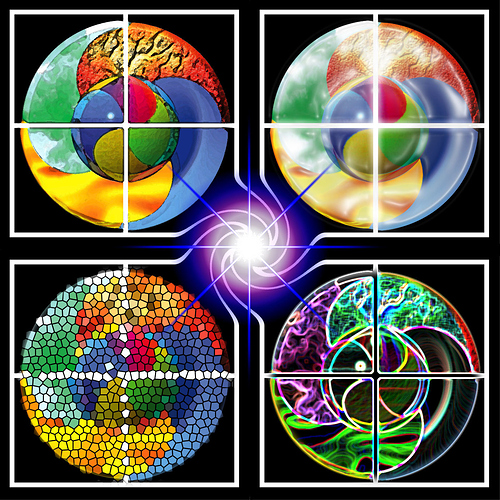So I was looking into STC which at first I thought was interesting, but quickly saw how disconnected and meaningless the beats were and how they forced the events of my story to happen in what I felt would be the wrong order. When I saw an ad for Dramatica and checked it out, it spoke about how it was all about creating meaningful stories and how it gave you a reason that one event would follow another. Sounded exactly like what I needed.
As an aside, the first big project I started working on with Dramatica has the MC killing a dog, a meaningful act that also sticks it to STC a bit.
Later, I was reading a Dramatica article about story drivers (if I remember correctly) and it spoke about The Dark Knight. I never cared for the scene with the prisoners and citizens on the boat with the choice to blow up the other. It seemed cliche, and I knew pretty close to how it would play out as soon as it started. Whenever I mentioned that I didn’t think that scene fit, everyone else would always say,"meh, it’s okay I think. ". So when the article suggested that that scene didn’t work because it was a decision driver in an action driven story, it had me sold. I didn’t understand everything it was saying at that point, but any theory that could tell me why that scene didn’t work (and that agreed with me about it when others wouldn’t admit that it didn’t work) I felt must have something going for it.


